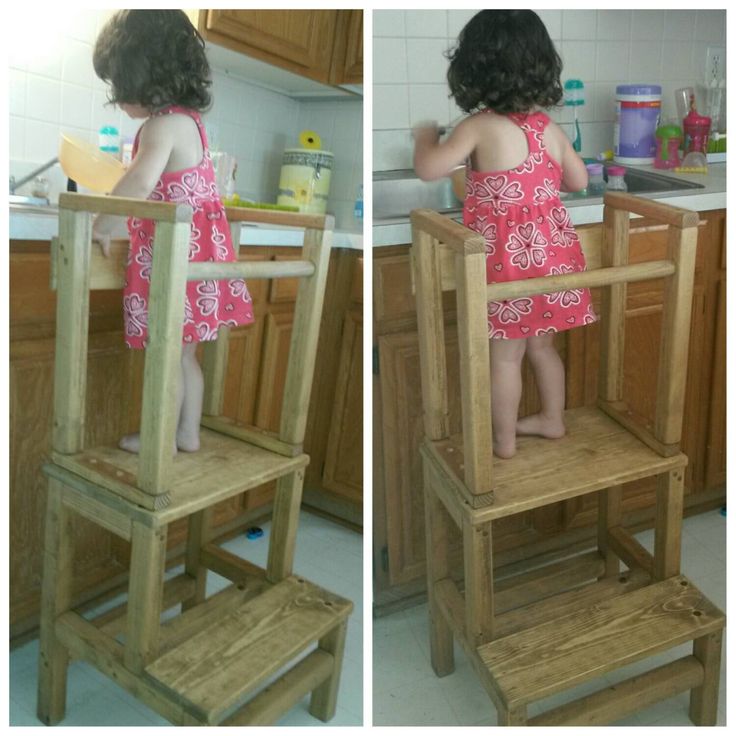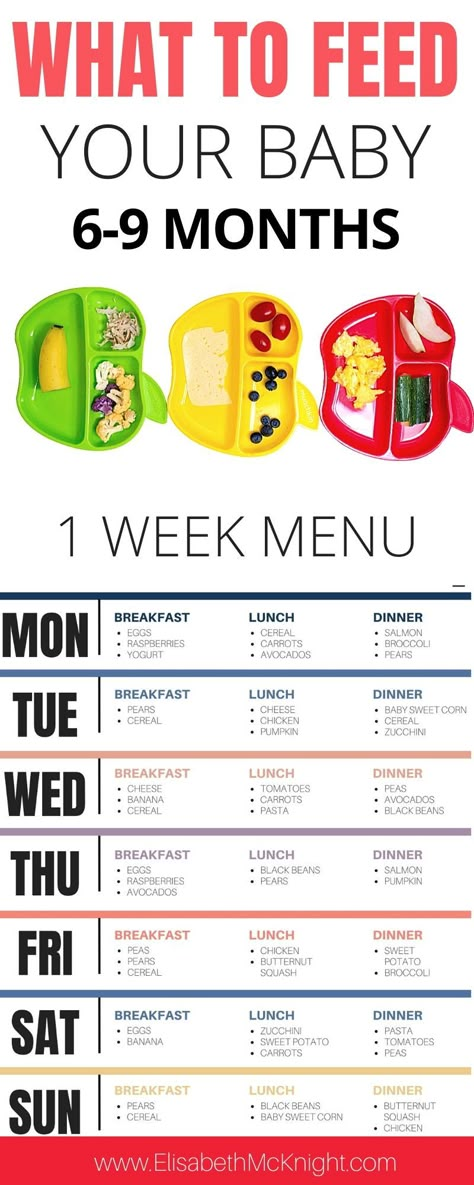Baby food in jars good or bad
Baby food packaging pros and cons: Glass jars, plastic bowls, and pouches
When buying baby food, you have a choice of glass jars, plastic containers, and pouches. Glass jars are recyclable and don't leach chemicals, but they're also heavier and more prone to breaking. Plastic containers are lighter and recyclable, but they may leach chemicals into food if not made from BPA-free material. Pouches are convenient, less messy, and won't break, but they aren't recyclable and may delay some developmental skills in children if overused.
Premade baby food comes in an array of packaging – including glass jars, pouches made from layers of plastic and foil, and plastic containers. When you're shopping for baby food, here are some things to consider about the different packaging types.
Baby food in glass jars
Pros of glass jars
- Recommended by the American Academy of Pediatrics (AAP) for storing or preparing food (versus plastic containers)
- Eliminates the risk of potentially harmful chemicals found in some plastics that can leach into food
- Recyclable
Cons of glass jars
- Heavier weight than plastic containers or pouches
- Risk of breakage
- Depending on the brand, jar lid liners might contain a chemical called bisphenol A (BPA) (see "Cons of plastic containers" below)
Baby food in plastic containers
Pros of plastic containers
- Lighter weight than glass
- Less likely to break than glass
- Usually recyclable
Cons of plastic containers
- Very small amounts of potentially harmful chemicals – including BPA and phthalates – may leach from the plastic into food.
To avoid these chemicals, look for baby food that's labeled "BPA-free" or "phthalate-free."
- Heat (for example, from a microwave) or damage to a plastic container increases the chance of chemicals leaching into food.
Advertisement | page continues below
Note: While the U.S. Food and Drug Administration has banned the use of BPA in baby bottles, sippy cups, and infant formula packaging, the agency says that the use of BPA in other types of food packaging is safe.
However, since babies and young children are especially vulnerable to chemical exposures, the AAP recommends that parents avoid plastics marked with these recycling codes:
- 3 (phthalates)
- 6 (styrene)
- 7 (bisphenols, including BPA)
You may also want to look for products in packaging that's labeled "biobased" or "greenware" – these containers are made of plant-based materials.
Baby food in pouches
Pros of baby food pouches
- Lightweight
- Won't break
- Squeezable, which is more convenient on the go – no spoon required
- Less messy, since there's typically less dripping and splatter when the food goes straight from the spout into your child's mouth (if your baby is younger, squeeze the puree into a bowl so you can feed him with a spoon)
Cons of baby food pouches
- Usually more expensive than jarred food
- Not locally recyclable, usually added to landfill
- Overuse of baby food pouches may raise the risk of certain developmental delays and health problems in children (see following caution)
Note: Baby food pouches are lined with polypropylene (designated by recycling code 5), a BPA-free plastic.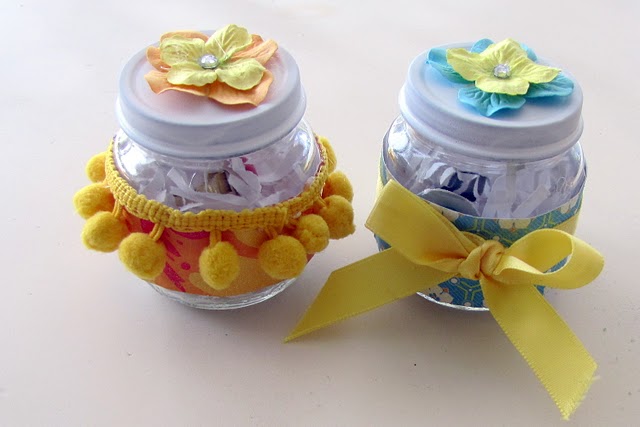
A caution about overusing baby food pouches
A baby who's learning to eat solid foods should gradually progress from purees or soft finger foods to foods with more textures. Overusing pouches, which contain purees, can lead to potential problems in several areas, including:
- Eating skills: If your baby is ready to try food with more texture but continues to eat only purees, this may delay the development of critical eating skills, such as chewing and swallowing thicker or chunkier food. These skills are also important for speech development.
- Range of flavors: Pouch purees often combine multiple ingredients – such as a fruit and vegetable or meat – with the fruit's sweetness as the dominant flavor. So your child may be eating savory foods like beef or kale, but she isn't necessarily becoming familiar with those flavors.
- Eating habits: Some experts believe that the convenience of pouches means parents may make them available too often – whenever a baby or toddler starts fussing, for example.
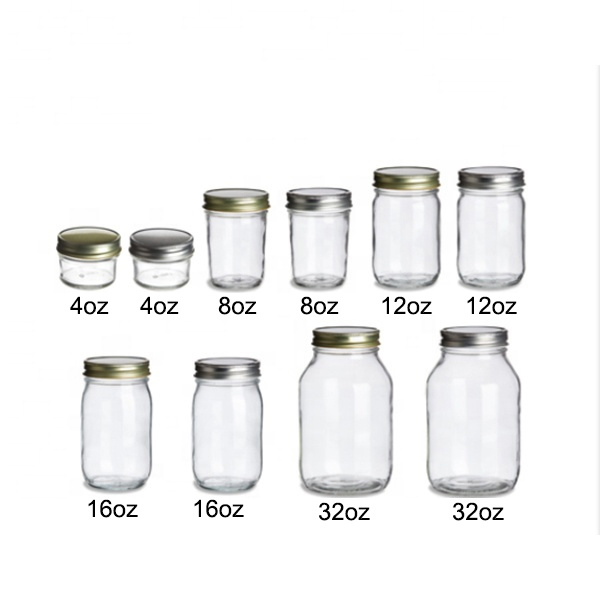 This encourages more frequent snacking that could lead to overeating and an unhealthy association of food with comfort.
This encourages more frequent snacking that could lead to overeating and an unhealthy association of food with comfort. - Dental health: Sucking on pouches of purees, especially ones containing fruit (which is naturally sugary), throughout the day can put babies at a higher potential risk for tooth decay.
As your baby is mastering eating solids, focus on helping her eat developmentally appropriate foods, get used to eating from a spoon, and, eventually, feed herself. Whenever possible, squeeze the pouch contents into a bowl so that your child can see and smell the food as she eats. Save offering food directly from pouches for when you're on the go or as an occasional snack.
Is baby food packaging recyclable?
Glass jars: The glass is recyclable. Separate the metal lids and follow local guidelines for recycling metals. You may need to remove and throw out the lid liner.
Plastic containers: Typically recyclable. Look for a recycling code that indicates the type of plastic and check local guidelines. However, wrappers and pull-off lids may need to go in the trash.
Look for a recycling code that indicates the type of plastic and check local guidelines. However, wrappers and pull-off lids may need to go in the trash.
Pouches: Not recyclable locally. Manufacturers are still looking for a solution to this, although at least one company offers a mail-in recycling program for used baby food pouches.
What else do I need to know about the safety of baby food packaging?
Baby food is perishable. Some store-bought baby foods need to be kept in the refrigerator (if you purchased the food from a store's refrigerated section, this is likely the case). Other baby food is shelf stable and can be stored unrefrigerated until its expiration date.
Once a container of baby food is opened, follow the manufacturer's instructions for storing leftovers and the timeframe for discarding whatever is uneaten.
Always discard baby food in these situations:
- A safety button that isn't flat in a glass jar's lid.
 If the seal of a jar of baby food is broken and a jar doesn't "pop" when you open it, throw it away.
If the seal of a jar of baby food is broken and a jar doesn't "pop" when you open it, throw it away. - Swollen or leaking pouches. Either could be a sign that the food is contaminated.
- Past expiration date. It's a good practice to check the expiration date of any food you feed to your baby.
Understanding baby food labels
There's a lot of information on baby food labels. Here's how to decode some of the most common language you'll see.
"GMO" stands for "genetically modified organism." These are plants, animals, or microorganisms that have had their genetic material altered in some way. There's no evidence that GMO foods are harmful to eat. In the United States, they're regulated by the Food and Drug Administration, along with other government organizations.
You may see the following GMO-related labels on baby food:
- Non-GMO means the food was made without genetic engineering and contains no ingredients derived from GMOs.

- Non-GMO Project Verified means the product meets the standards of the Non-GMO Project Product Verification program, North America's only third-party verification for non-GMO food and products.
- Bioengineered refers to a specific type of GMO food that can only be created in a lab and can't be found in nature.
The U.S. Department of Agriculture regulates and approves products with organic labels.
If a product has a USDA organic seal, it means the product was grown without the use of GMOs, most synthetic fertilizers, pesticides, and herbicides; and the product doesn't have artificial flavors, colors, or preservatives. If the product contains meat, the livestock only ate 100 percent organic food and wasn't given antibiotics or hormones.
Different versions of the organic label include:
- 100% organic: The ingredients are all 100 percent organic.
- Organic: The ingredients are at least 95 percent organic.

- Made with organic ingredients: The ingredients are at least 70 percent organic.
"OU" stands for Orthodox Union, the world's largest and most widely recognized Kosher certifying agency. A Kosher designation means that the food conforms to Jewish dietary law. Here are the different product designations:
- OU is for kosher products that contain no meat or dairy.
- OU-D is for kosher dairy products.
- OU-M and OU-Glatt are for kosher meat products.
Understanding nutrition labels
There's a lot of information on the nutrition facts label you'll see on baby foods, but not all of it is necessarily relevant for your baby's health. Here's a breakdown of what you'll see on the label.
- The percent daily value on the nutrition facts label includes an amount in grams and a percentage that represents how much of that nutrient the Food and Drug Administration recommends you get in a day.
 On baby food products, the percentage is based on how much of that nutrient a baby under a year old needs.
On baby food products, the percentage is based on how much of that nutrient a baby under a year old needs. - Calories are a way to measure how much energy you get from a food. There isn't an official recommendation for how many calories a baby needs in a day, and you don't need to worry about calories when feeding your baby. Instead, watch for clues that tell you when your baby has had enough to eat – for example, they'll turn away from a bottle, breast, or spoonful of food when they're not hungry.
- Fat is a concentrated source of energy, a must-have for your growing baby. And fat is essential for brain development – the majority of the brain is composed of fat. You don't need to limit your baby's fat intake.
- Cholesterol helps your body build cells and make vitamins and other hormones. You don't need to limit your baby's cholesterol for the same reason you don't need to limit their fat – they need the energy since they're growing so quickly.
- Sodium is the salt in a food product.
 Babies get enough sodium in the breast milk or formula they drink. Experts advise against giving your baby extra salt in their diet before they're 2 years old.
Babies get enough sodium in the breast milk or formula they drink. Experts advise against giving your baby extra salt in their diet before they're 2 years old. - "Total sugars" refers to both naturally occurring and added sugars in a product. Naturally occurring sugars are found in many healthy foods, such as fruit and milk. Added sugars are those added to foods and drinks during processing or preparation – like corn syrup and white sugar. Experts advise against giving children under 2 years old added sugar in their diet.
- Protein is another essential nutrient that you don't need to limit in your baby's diet.
- The FDA requires that manufacturers include vitamin D, calcium, iron, and potassium, since people in the United States often don't get enough of those nutrients in their diets. Manufacturers may include other vitamins and minerals, too.
Was this article helpful?
Yes
No
Bought vs Homemade Baby Food – Pros and Cons – Aster & Oak
Baby food is almost as varied and flavorful as adult food now — anything that can be pureed can be put in a jar and called baby food. Once our little one has reached the food stage at around six months, it’s time to make a decision. Should you buy your baby food or make it at home? We’ve assembled the pros and cons of each option to help make the choice between Bought vs Homemade Baby Food a bit easier for you.
Once our little one has reached the food stage at around six months, it’s time to make a decision. Should you buy your baby food or make it at home? We’ve assembled the pros and cons of each option to help make the choice between Bought vs Homemade Baby Food a bit easier for you.
Store Bought Baby Food — Pros and Cons
Store-bought baby food may be the food of choice for most parents because of its convenience and variety — there’s an enormous wall of it in nearly every grocery store, and it comes in every flavor imaginable.
Pros
- Convenience — You don’t have to worry about refrigeration (before you open the jar) or Tupperware with loose lids making a mess in your bag.
- Portability — It’s easy to store and carry jars of baby food in your diaper bag or purse. All you need is a spoon, and it’s dinner time for baby.
Cons
- Cost — In the long run, jarred baby food ends up costing more than the homemade alternatives.

- Waste — Disposable packaging can be wasteful, and if it’s not cleaned out well, it’s often not recyclable either.
- Preservatives — The only ‘preservative’ you should see in baby food is Vitamin C, but jarred food can contain a variety of listed or unlisted preservatives to make the food shelf stable.
- Contaminants — Contaminants can make their way into store-bought baby foods and can even show up in the water used to make it. In 2014, the Environmental Defense Fund found lead in some packaged baby foods.
Jarred baby food can be a great tool if you’re traveling or away from home, but is it really the best option for every meal?
Homemade Baby Food — Pros and Cons
You can make almost anything that you’re eating into baby food as long as you don’t mind skipping the salt and other seasonings.
Pros
- You Know What’s in the Food — Nothing goes into your homemade baby food that you’re not aware of.

- Cost — Overall, making your baby food ends up being less expensive, even if you have to buy a blender or food processor to get started.
- Variety — You can make up food combinations to cater to your infant’s tastes and nutritional needs without having to open multiple jars.
Cons
- Safety — Jarred baby food is pasteurized, killing off any bacteria that might appear in the finished product. Homemade baby food is not.
- Storage — Homemade baby food has no preservatives, so it doesn’t keep as well. It can be frozen, but should only be made and stored in small batches.
If you’ve got the time and the inclination, making your baby food can be an excellent option for providing your infant with healthy and organic food.
Making Your Own — Tips and Tricks
If you’ve never tried making your own baby food, here are a few tips and tricks to get you started:
- Steam or microwave fruits and veggies to soften them while still retaining most of their nutrients.
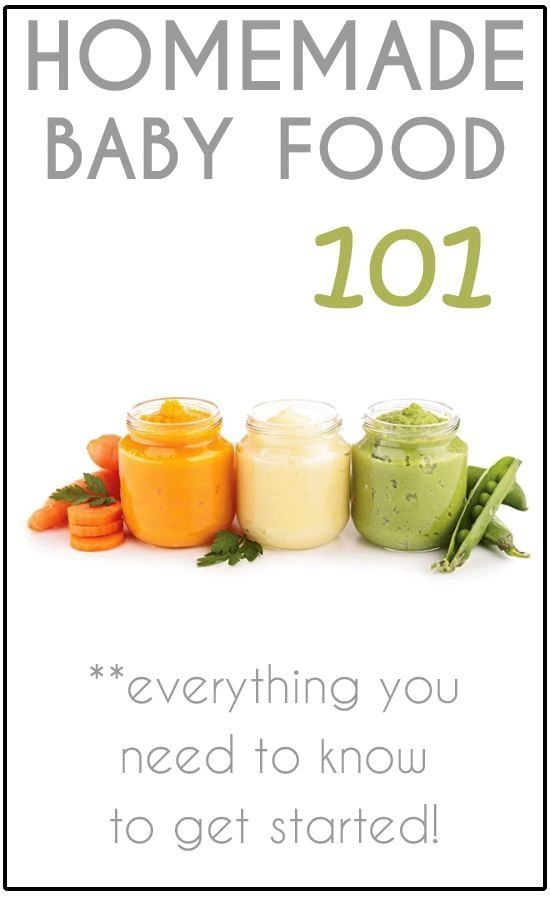 Boiling works too, but many of the nutrients can leach out into the cooking water.
Boiling works too, but many of the nutrients can leach out into the cooking water. - Don’t add anything — you don’t need any extra flavors or additives. Your baby’s tastes are very bland at the moment, plus most of these flavor additives also add salt or sugar which are unhealthy for your baby.
- Mash. Add small amounts of water or breast milk and mash the fruits or vegetables until they’re smooth. You can also spin these foods up in a blender or food processor to get a smooth, even texture.
That’s all there is too it. Baby food is pretty simple. If you’re making up large batches of food at once for convenience, pour the extra food into an ice cube tray to make individual sized freezer portions. Once frozen, they can be transferred into a zip lock bag for storage for up to a month.
Homemade Baby Food Recipes
If you’re just getting started with baby food, here are a few homemade recipes to get you going.
Stage 1 — These infant foods should include only one ingredient, not including the water or breast milk used to dilute the mash. Not only does it make it easier to introduce new foods to the baby, but it also makes it easier to determine if your child has any food allergies that you need to be concerned about.
Not only does it make it easier to introduce new foods to the baby, but it also makes it easier to determine if your child has any food allergies that you need to be concerned about.
Avocado Mush — All you need to do is halve your avocado, scoop out the meat of the fruit and mash it until smooth. Avocados are very soft anyway, so there’s no need to do anything extra to it.
Banana Mush — Same as the avocado. Peel, mash, serve.
Applesauce — Peel your apples and cut them into chunks. Boil or steam until tender, then mash or blend until smooth.
Stage 2 — This is when you can start getting a little more adventurous with the food combinations, but you still don’t want to add any salt or additional flavors. Start combining fruits and vegetables like:
- Apples and bananas
- Apples and plums
- Bananas and blueberries
- Apples and carrots
- Peaches and sweet potatoes
- Avocado and peaches
The list is endless. Just make sure you’re using foods that you’ve already introduced the baby to in case of food allergies.
Just make sure you’re using foods that you’ve already introduced the baby to in case of food allergies.
Stage 3 — Now that your baby is used to a variety of different foods, it’s time to start looking into chunkier foods. You can start introducing finger foods here as well.
The food you feed your baby, much like the rest of your parenting decisions, is a personal choice. If you have the time, making homemade food can be a healthier alternative to store-bought baby food, but the jarred stuff isn’t all bad.
Baby food from a jar: harm or benefit for the baby?
-
Discounts for vegetarians
-
Our newspaper With the slogan “All the best for children”, baby food manufacturers annually produce thousands of jars of fruits and vegetables, constantly fantasizing over the range. However, good intentions to feed the younger generation with something tasty and healthy, while saving mom's time, stumble upon parental criticism and skepticism.
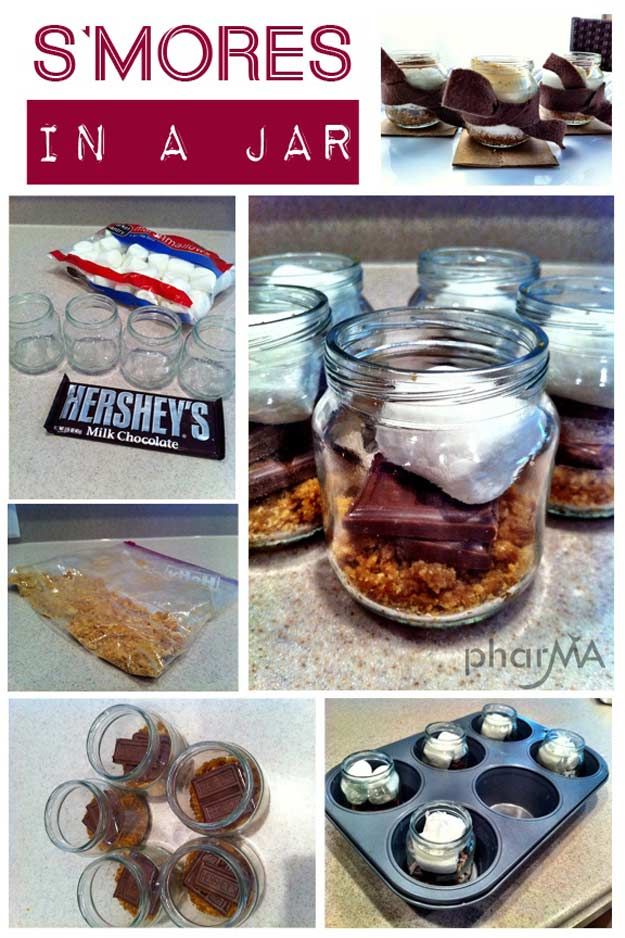
Food from a jar appeared in the post-Soviet space relatively recently, but has already managed to acquire myths, mistrust and get a portion of accusations from grandmothers. Is canned food really so harmful and do children need it?
The main answer lies in a simple truth: food in a jar is needed not by the child, but by the mother. Children need a complete and balanced diet, nutrients and vitamins. A modern mother complains about the lack of time and difficult life. A compromise between the needs of adults and children has become ready-made, while brought to the desired consistency, fruits and vegetables. They allow you to save parental time on everyday cooking, washing dishes, going to markets and shops in search of quality broccoli or zucchini. Also, jars with ready-made delicacies help out perfectly during travels, walks and trips to visit. Each family has the right to choose food for their child based on their financial situation and free time.

The opinion that canned food is devoid of nutrients is erroneous. In the process of cooking, vegetables and fruits are subjected to gentle types of processing, at the end enriching the puree with beta-carotene, iron, potassium and vitamin C in doses approaching the daily requirement of children of the corresponding age.
Fans of buying products for the children's table on the market should take into account that many fruits and vegetables are grown along highways, in ecologically polluted areas, with the use of chemical fertilizers. Such "gifts of nature" may contain lead, radionuclides and nitrates, which is guaranteed to hit your baby's plate. When choosing products for children, purchase them from places of proven quality or from villagers.
Manufacturers of baby canned food, regularly undergoing safety checks, are required to grow products in compliance with a number of norms and requirements. This, in turn, is a guarantee of quality and increases the chances of parents to feed their child with a healthy dessert.

The long shelf life of food jars does not indicate the presence of chemical preservatives in the composition (note: their use is strictly prohibited), but the use of modern technologies for the heat treatment of products and vacuum packaging that protects against the ingress and reproduction of bacteria. Colors, flavors, spices or flavorings are also absent in quality baby purees. In some cases, manufacturers add rice or corn flour to obtain a uniform consistency and reduce the cost of the finished product, but this is not a required ingredient in the composition.
Some parents notice that after a can of mashed potatoes, the child has difficulty moving to an adult table. This happens if you feed the baby with a product that is not age appropriate. For six-month-old babies, manufacturers produce homogenized purees, for eight-month-olds - puree treats, for children older than 10 months - coarsely ground products. Products should be selected taking into account the degree of their grinding, depending on the age of the child and the development of the baby's ability to chew.
 Age-appropriate food from a jar gradually prepares the child's gastrointestinal tract for "adult" food. In the case when parents prepare a treat for the crumbs at home, the consistency of food must also be changed depending on age.
Age-appropriate food from a jar gradually prepares the child's gastrointestinal tract for "adult" food. In the case when parents prepare a treat for the crumbs at home, the consistency of food must also be changed depending on age. When choosing ready-made puree in jars, pay attention to the composition: it should contain only natural ingredients and no salt. Sugar is an undesirable component of children's food, try to avoid foods containing it. Fruit and vegetable treats should also not be expired, have signs of opening and deformation of the packaging. Items with an illegible or missing production date should be discarded. After opening the treat, a characteristic dull pop should sound, which indicates the suitability of the product and the correct production and storage conditions.
Motherhood should not turn into a feat, but remain a pleasure. A happy mother will always be more useful for a child than a mother exhausted by everyday life. When choosing canned food or cooking at home, consider your own free time, confidence in the quality of market products, and financial opportunities.
 Remember that canned food is not a replacement for normal plated food, but a way to optimize it and make life easier for mom.
Remember that canned food is not a replacement for normal plated food, but a way to optimize it and make life easier for mom. Happy parenthood and delicious treats for your little one!
Elena Tour
Share
Previous articleHow to help with cracked feet?
Next articleMagnesium - "calming mineral"
Harm of baby food in jars
Jars with ready-made puree surprise not only with high demand, but also with an assortment. Fruit, berry, vegetable, with meat, cereals, cream - under each brand there are dozens of items. In a previous publication, we talked in detail about 5 reasons for the popularity of baby puree in jars, and today we will consider the likely harm that such food can cause to a child's body.
Nutritionists, pediatricians and parents disagree on this issue. There are three strong arguments against portioned canned food.
Taste different from homemade food.
Difficulty in weaning a child from a homogeneous consistency.
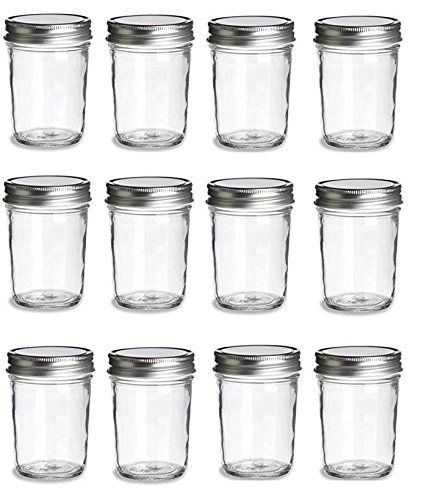
Unpredictable quality.
How does baby food taste in jars?
Even if a characteristic pop is heard when opening the container, parents still have to taste the food they offer their child. Many are surprised at how strange the content is. It is clear that most purees do not contain salt, sugar, flavoring additives. But they often turn out to be not just bland, but unnatural, too different from those that mothers cook on their own.
The reason for this is the merciless grinding and intense heat treatment that precedes vacuum packaging. However, it is very difficult to transfer a child from such refined food to a common family table. What will be the taste specificity of food in the first months of complementary foods will determine future preferences and the ability to organize healthy baby food at school age.
The child is too lazy to chew
Baby purees under different brands also differ in consistency.
 For example, it is convenient to scoop up meat and fish with a spoon, but some even at room temperature remain monolithic, as if fastened with starch. It is not easy to mix such a substance with potatoes or green vegetables. You just have to cut it into pieces with a spoon. But in any case, the food in jars is crushed as much as possible and is a homogeneous mass.
For example, it is convenient to scoop up meat and fish with a spoon, but some even at room temperature remain monolithic, as if fastened with starch. It is not easy to mix such a substance with potatoes or green vegetables. You just have to cut it into pieces with a spoon. But in any case, the food in jars is crushed as much as possible and is a homogeneous mass. It is good when feeding a baby up to a year old. But later, when enough teeth have erupted, the food should become coarser. Reasonable exercise is very important for the health of the gums and teeth. Ready-made vegetable puree in jars is easier for everyone: parents save time on cooking, and children save energy on chewing. As a result, it turns out that upon reaching the age of two, some kids refuse salads, normal soups, vegetable stews. They still demand to puree dishes, recognizing only the usual consistency.
Adults have many problems. There is not enough time and energy for endless persuasion, you won’t leave your beloved child hungry either, no tricks (decorating dishes, disguise) help.
 Whims at the table are dangerous. Even if the baby gives in under parental pressure, he has a great chance of choking, swallowing tears along with food.
Whims at the table are dangerous. Even if the baby gives in under parental pressure, he has a great chance of choking, swallowing tears along with food. Another difficulty is that a "homogeneous" diet will be limited. If you pass buckwheat with meat or baked potatoes with chicken through a blender, at the output we get a very viscous, thick mass - completely unappetizing. The habit of normal food sometimes comes only with admission to kindergarten.
You can switch from canned puree to homemade puree from 8-9 months. At first, mix, say, a “canned” zucchini with boiled, grated on a fine grater. Then increase your portion by decreasing the canned portion. This will take about a week. Then, according to the same principle, we grind part of the product on a medium-sized grater, closer to a year - on a large one, or simply knead it with a fork.
Are baby canned foods subject to high quality control?
They say that buckwheat is the only crop that has not yet been disfigured by genetic modification.




